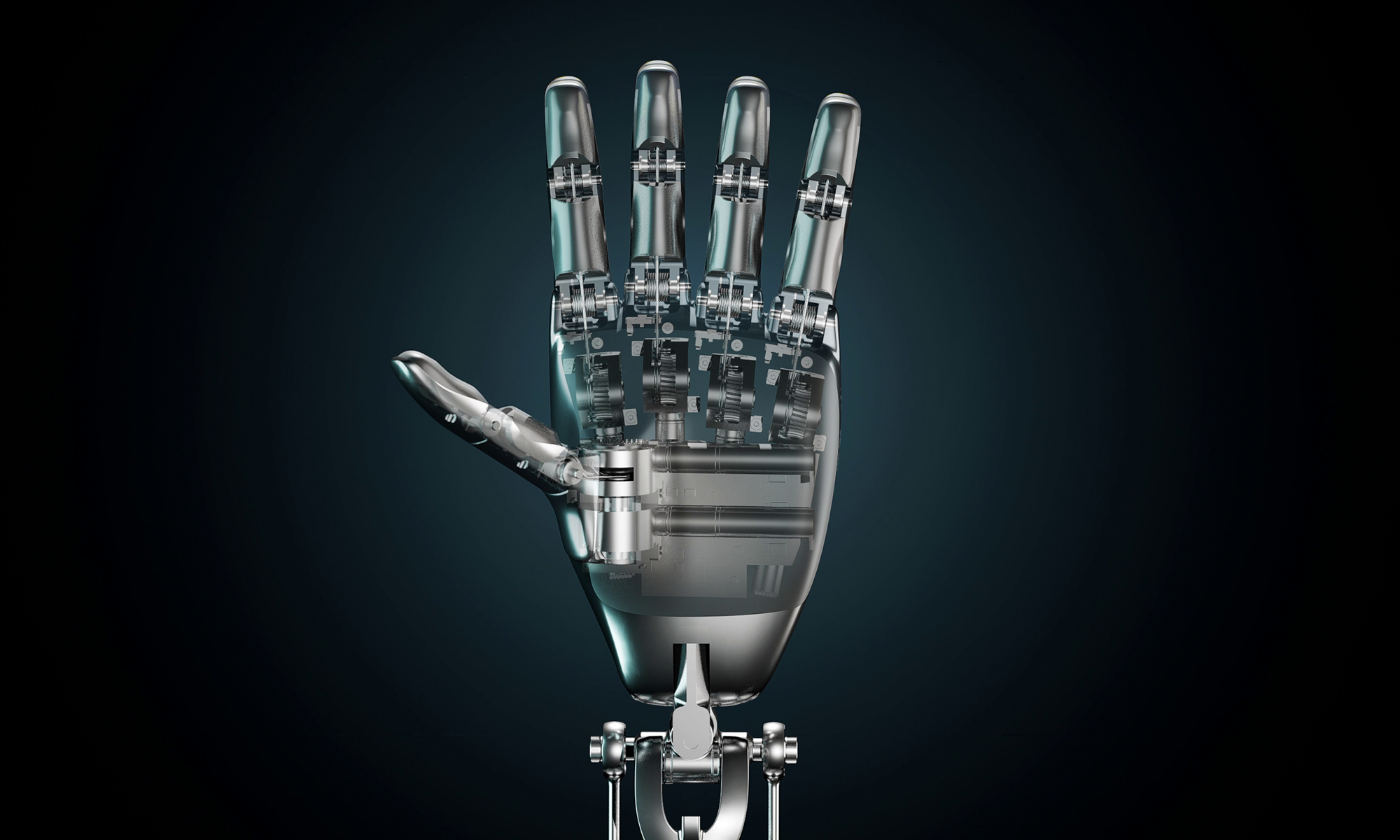Tesla Motors (TSLA 0.55%) is supply-limited, selling every car it makes. During the company's third-quarter earnings call, Tesla CEO Elon Musk pointed his finger at the bottleneck holding the company back: cell production -- or production of the company's lithium-ion batteries. How will Tesla address the issue? Possibly by building the world's largest lithium-ion factory ever.
The bottleneck
"The main constraint on our production is ... the cells," Musk told investors during the third quarter earnings call.

Model S battery platform. Source: Tesla Motors.
The good news? When Dougherty & Company analyst Andrea James asked Musk whether or not raw materials were an issue for the cell production bottleneck, Musk responded confidently that they weren't. In order of weight, Musk explained, the main constituents in the Tesla's battery pack are nickel, cobalt, aluminum, and then lithium. Lithium, he says, accounts for just about 1% to 2% of the cell.
With plentiful raw materials, solving this bottleneck is only really a matter of how quickly Tesla can ramp up production. How is Tesla addressing this issue?
For now, the recent agreement announced between Panasonic and Tesla, in which Panasonic will "expand its supply of automotive-grade lithium-ion battery cells to Tesla," is a solid first step. The announcement explains that the agreement covers "nearly 2 billion cells over the course of four years" and that Panasonic's supply "will be used to power the award winning Model S as well as the Model X."
The agreement could help Tesla reach the company's expectations laid out in its second-quarter letter to shareholders for "annualized sales for Model S [that] could exceed 40,000 units per year by late 2013."
Longer term, Tesla may even build its own "giga factory" -- the world's largest factory for lithium-ion batteries -- according to Musk's comments during the third-quarter earnings call. Musk says it would be "very green," with a lot of solar power. It would "have essentially zero emissions" with no toxic elements coming out of the factory. Even more, battery recycling would be built in. Just how big will the production be? "Comparable to all lithium-ion production in the world -- in one factory." But Tesla isn't ready to make a big announcement yet, Musk said. For now, it's just speculation.
The need
Even at a rate of the 40,000 vehicles per year, which doubles Tesla's current annualized rate, Tesla is far short of the production capacity it will need when it launches the company's gen III affordable vehicle. Musk has said Tesla hopes to begin shipping several hundred thousand cars per year once it brings the lower-cost car to market. Tesla stated in a corporate presentation in September that it could launch this lower-cost, smaller sedan as early as 2016.
There's no way around it: Tesla needs a giga factory at some point. With plentiful raw materials, the question isn't whether or not it will happen, but whether Tesla or one of its suppliers will take ownership of the project?
Either way, Musk's confidence is a relief for Tesla investors. That said, hundreds of thousands of gen III vehicles per year are already priced into the company's stock -- so Musk's confidence isn't anything to get excited about, either.






